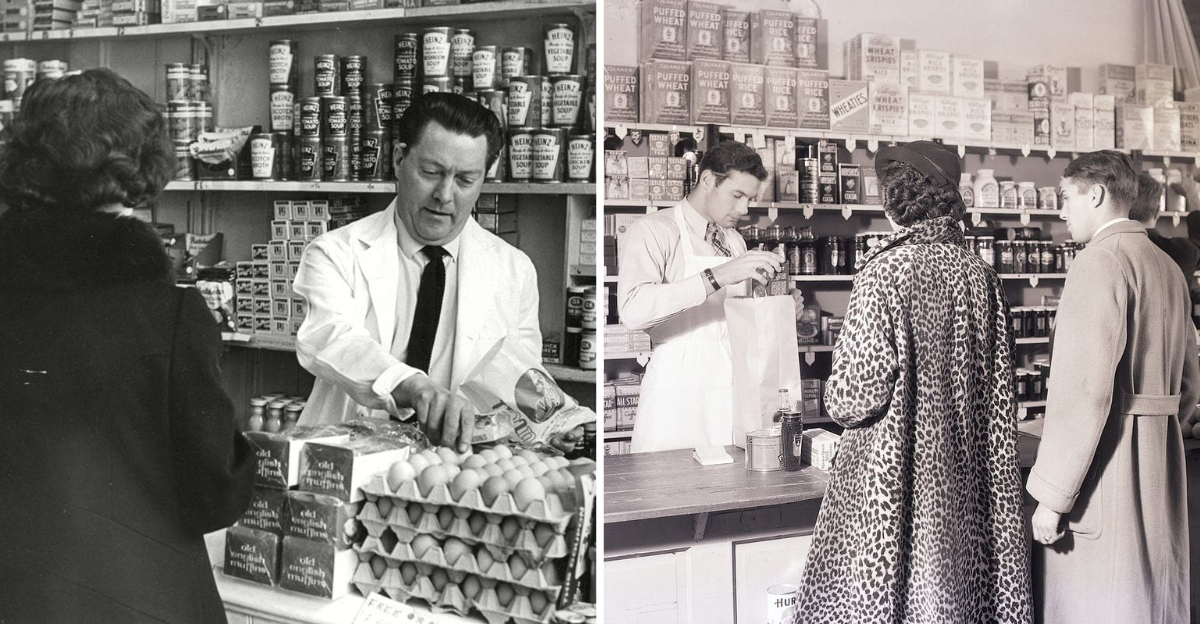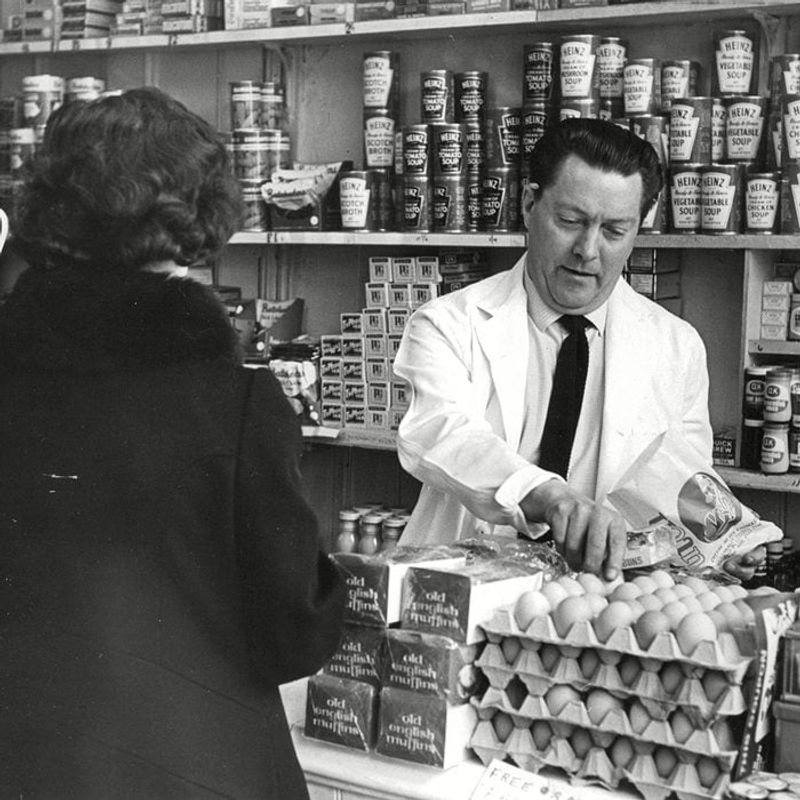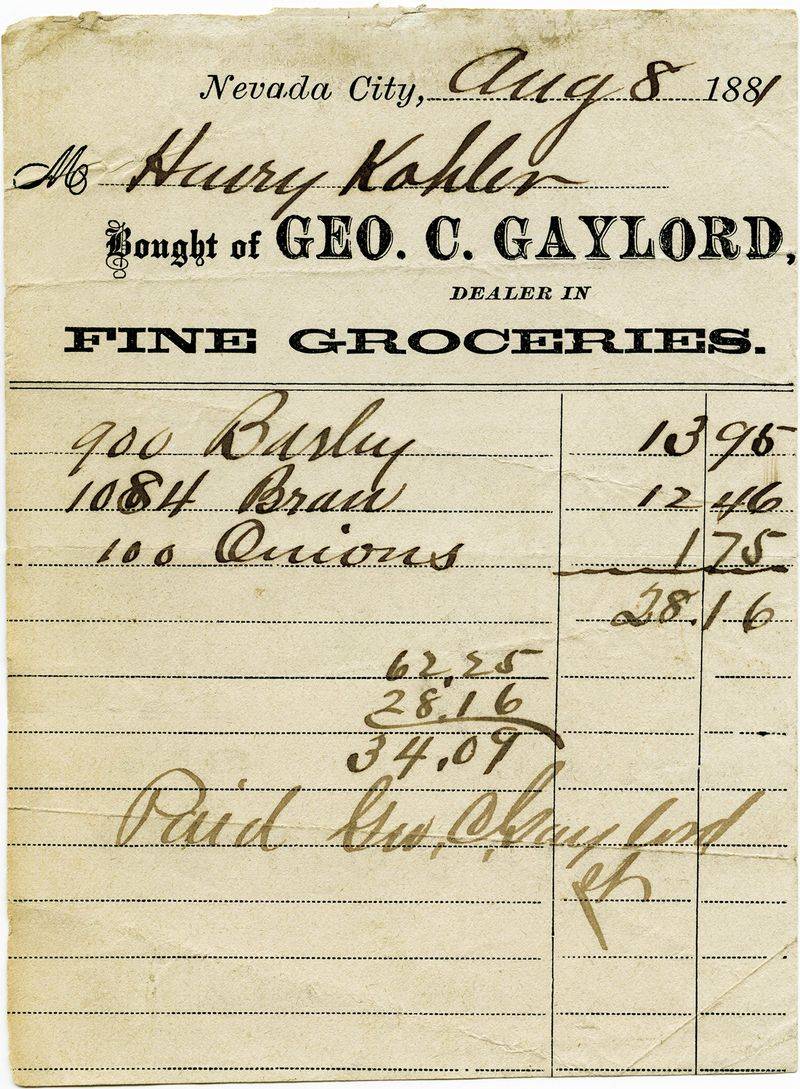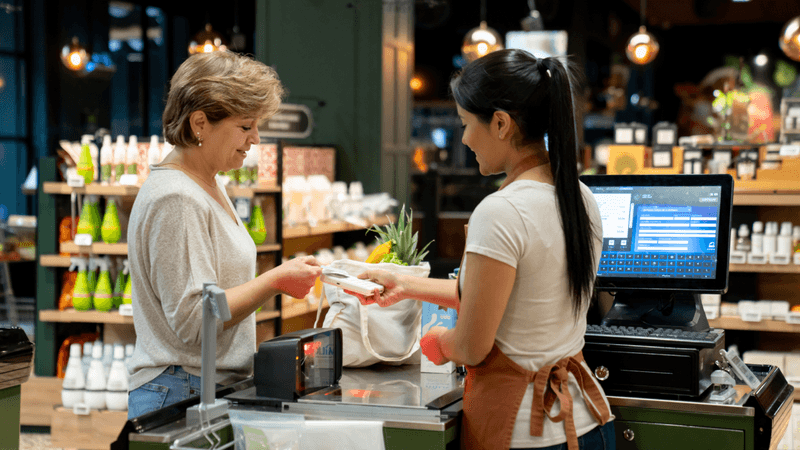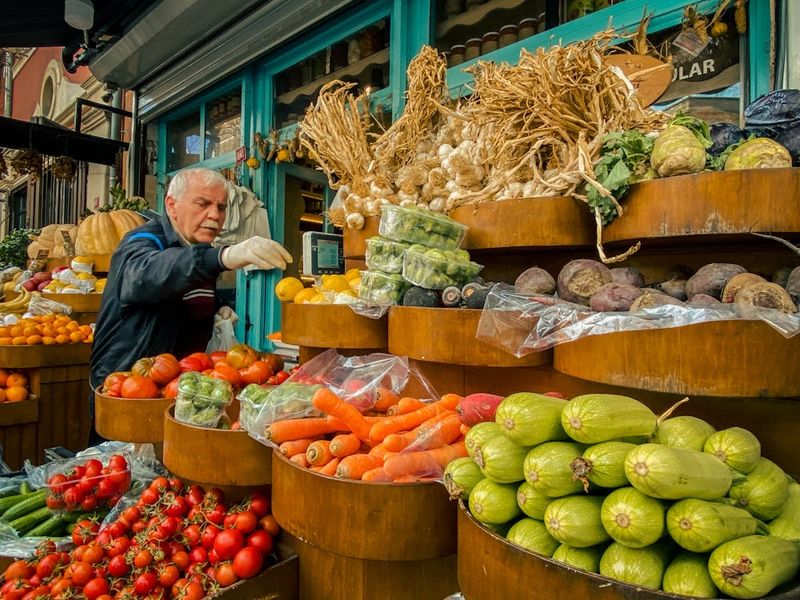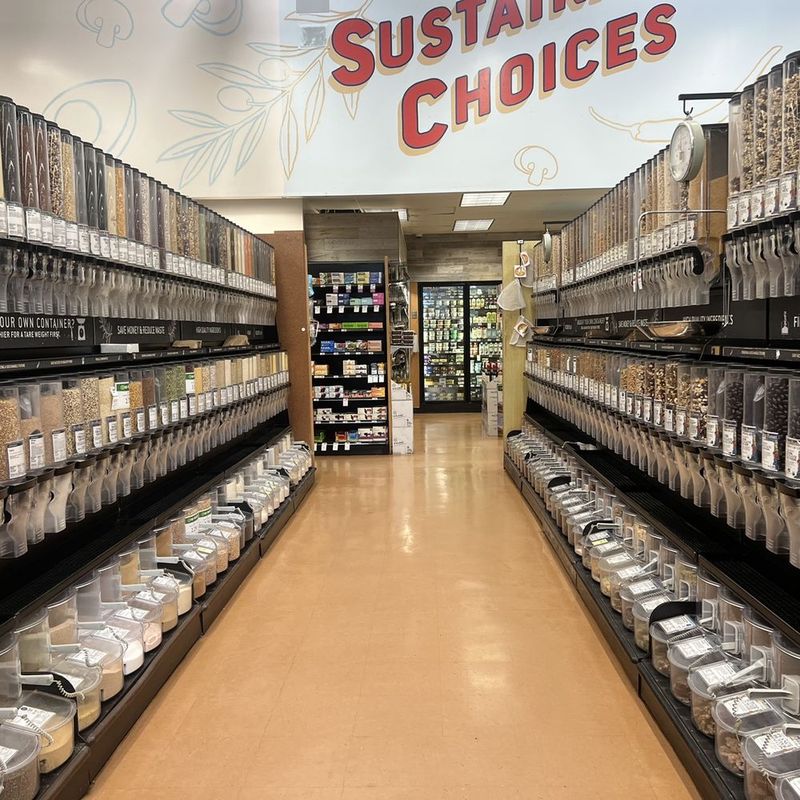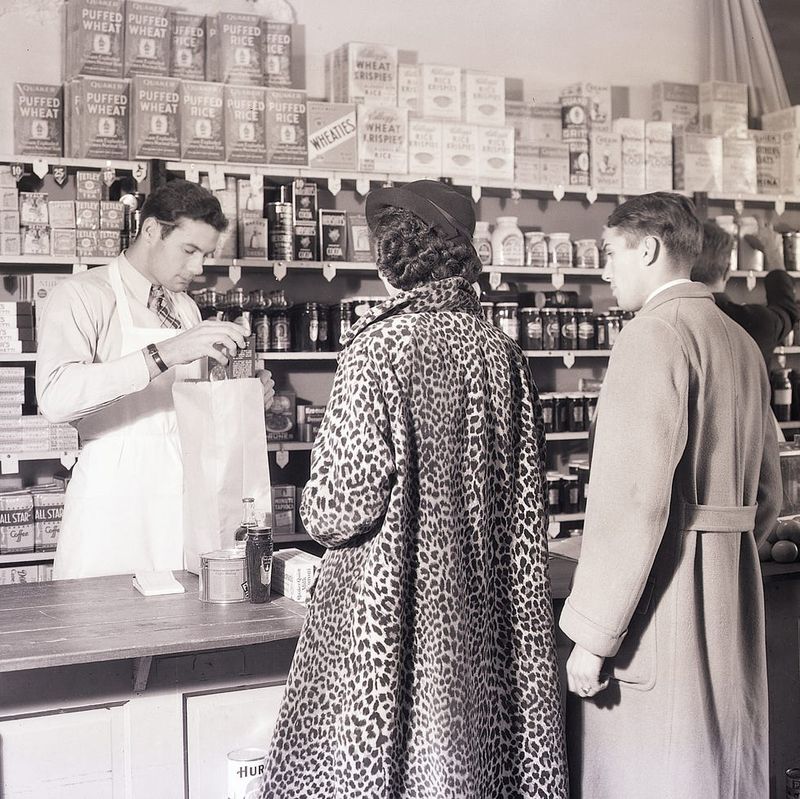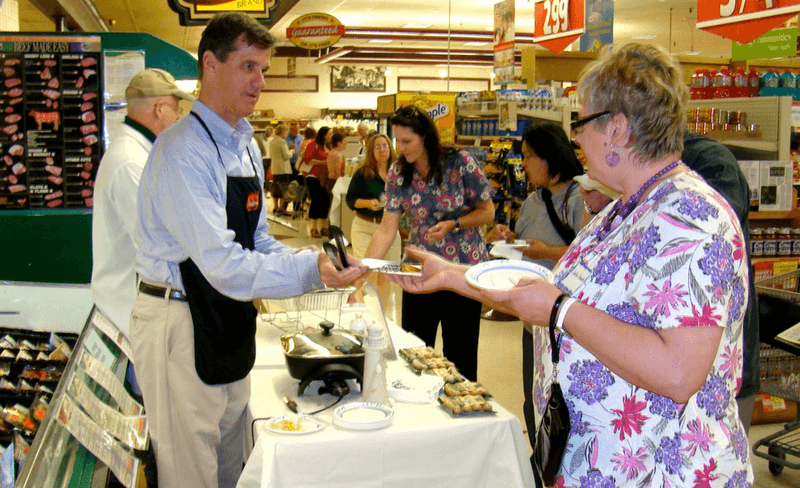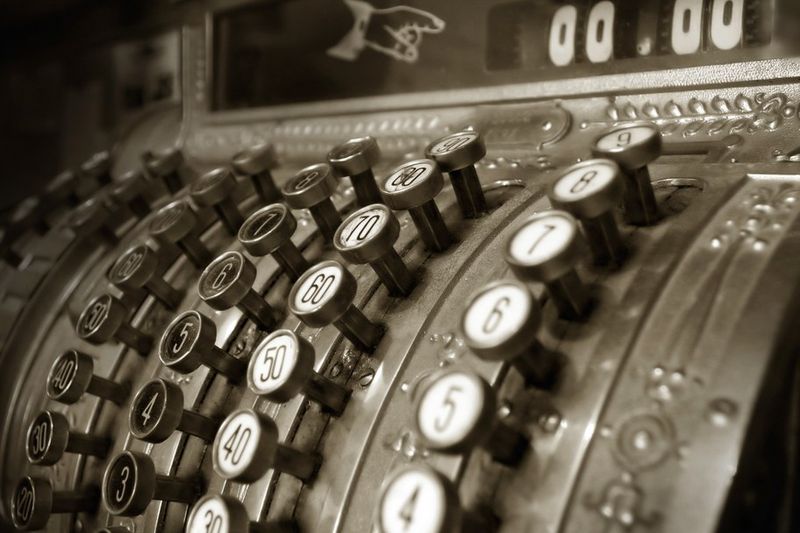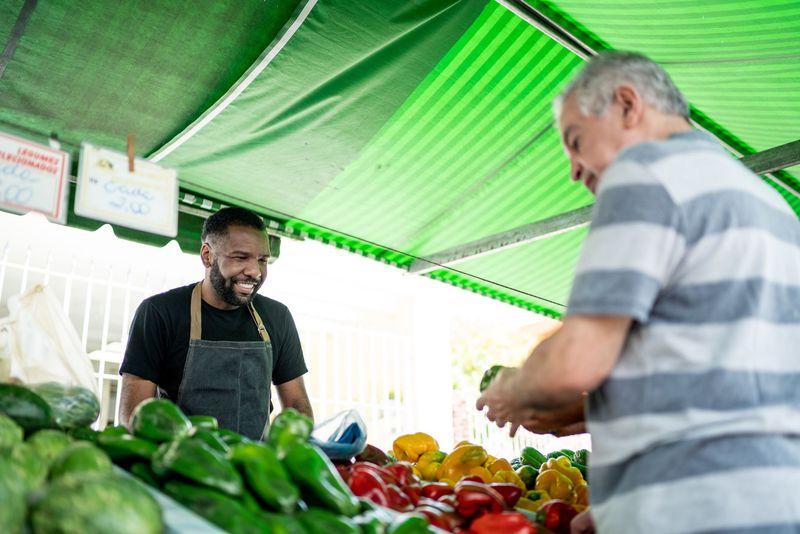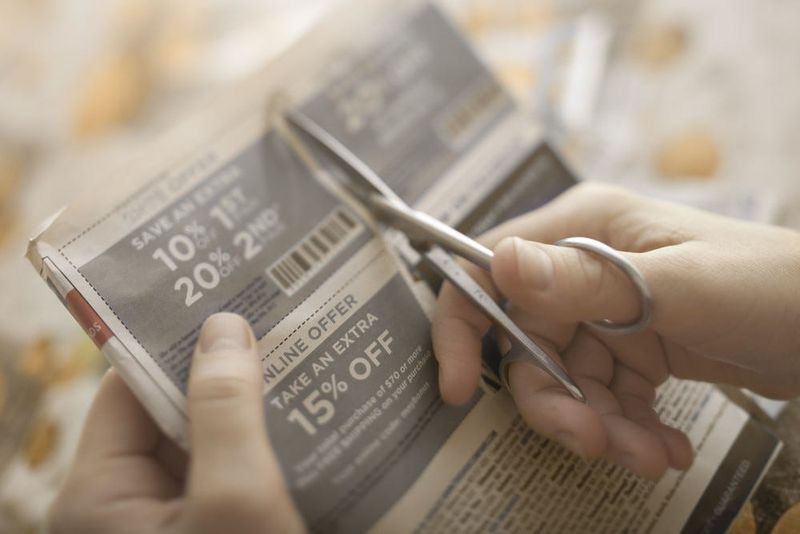Long before self-checkouts, loyalty apps, and QR codes, grocery shopping was a much more human experience. In the pre-barcode days, going to the store meant personal interaction, handwritten prices, and a sense of community. Here are 15 things that made grocery shopping feel more personal before technology transformed the experience.
1. Price Tags on Every Item
Picture this: every item in the grocery store marked by hand. Clerks, sometimes stockboys, armed with grease pencils or sticker sheets, would meticulously label each can, box, and jar. The act was as much artistry as it was necessity. This manual pricing system not only ensured accuracy but also created a tactile connection between the staff and the merchandise. The handwritten tags added a personal touch that digital screens simply cannot replicate. It made each shopping trip feel like a treasure hunt, where you discovered gems priced just for you. This tangible approach nurtured a warm, inviting shopping atmosphere.
2. Local Butchers Behind the Counter
Imagine walking into your local grocery store and hearing a friendly voice call out your name. That’s the charm of having a local butcher behind the counter. These skilled artisans knew your family’s preferences—how you liked your steaks or the perfect cut for your Sunday roast. Their expertise was invaluable, and they often shared cooking tips or suggested new cuts to try. Such personalized service made each visit special, fostering a sense of community. The butcher was not just a vendor; they were a trusted culinary guide helping families create memorable meals.
3. Handwritten Receipts
Handwritten receipts captured the essence of a time when transactions were personal and deliberate. Cashiers, with their sharp mental math and nimble fingers, recorded each item’s price, calculating totals without the aid of technology. This process was intimate, requiring eye contact and conversation, not just a digital beep. Customers often felt more engaged, discussing prices and sharing small talk with the cashier. This level of interaction created a bond, making shoppers feel valued and appreciated. It was a practice that reinforced the human element of commerce, making each purchase a shared experience.
4. Personal Credit Tabs
Before digital wallets and credit cards, small-town grocery stores often extended personal lines of credit to their regulars. This trust-based system involved handwritten tabs, maintained diligently by the storekeeper. Customers could buy essentials and settle their accounts weekly, building a rapport that transcended mere transactions. It fostered loyalty, as patrons were more than just consumers; they were part of the store’s extended family. This approach highlighted community trust and kinship, with each credit tab representing a bond nurtured over time. Such practices personalized shopping in ways that modern methods rarely achieve.
5. Greengrocers Who Knew Your Taste
Greengrocers had a knack for remembering customer preferences, turning a routine shopping trip into a personalized experience. Imagine arriving at the market to find your favorite ripe peaches set aside just for you. These vendors knew their produce intimately, offering recommendations based on your past choices. Their keen eye for quality ensured you received the best picks of the day. Such thoughtful gestures made customers feel special, creating a warm atmosphere where shopping was more than a transaction—it was a neighborly exchange of trust and familiarity, enriching daily life with human connection.
6. Home Delivery—By Phone Order
Long before apps and online carts, home delivery was a phone call away. You would dial your local grocery, chat with a friendly staff member, and list your needs. The store then boxed up your order and delivered it to your doorstep, often the same day. This service was not only convenient but also deeply personal, as deliveries were handled by familiar faces. Drivers knew their routes and their regular customers, often stopping for a quick chat during drop-off. It was a system that combined convenience with community, making every delivery a delightful experience.
7. Scoop-Your-Own Bins
In the days before pre-packaged goods, scoop-your-own bins were a staple of grocery shopping. Customers wielded small scoops to fill paper bags with their desired quantity of dry goods, from beans to candy. This method was not only economical but also eco-friendly, reducing packaging waste. Each scoop was a moment of decision, adding a tactile element to the shopping experience. It encouraged shoppers to engage with their food, selecting based on quality and need. These bins introduced an element of choice and control, making each shopping trip a unique and interactive adventure.
8. Clerks Who Bagged Your Groceries (and Carried Them Out)
Grocery shopping was a full-service affair, with clerks not only bagging your purchases but also carrying them to your car. This courtesy went beyond service; it was a gesture of care and community. Clerks worked with efficiency and a smile, knowing many customers by name. The personal touch of a clerk assisting you was comforting, ensuring that heavy bags were safely transported. This level of service fostered a sense of belonging and appreciation, turning errands into pleasant social interactions. It was an era where customer service was deeply personalized and genuinely heartfelt.
9. Free Samples at the Deli Counter
The deli counter, a hub of culinary curiosity, often offered free samples with a smile. Customers were invited to taste unknown cheeses or unfamiliar meats, adding an element of discovery to shopping. These samples were more than just marketing; they were an invitation to explore and enjoy. Deli workers, knowledgeable and eager to share, might even suggest recipes or pairings, enriching your culinary repertoire. It was a practice that connected people through food, fostering a sense of community and adventure. Sampling wasn’t just tasting—it was a shared experience, sparking joy and conversation.
10. Phone-In Orders for Holiday Turkeys
Holidays meant special orders, and for many, that involved phoning in requests for festive turkeys or hams. This practice ensured that special occasions were catered to with care. Customers would reserve their prized birds well in advance, creating anticipation and excitement. The process was a blend of tradition and trust, with storekeepers meticulously noting down each order. This personal touch ensured that every holiday meal was memorable, with the perfect turkey or ham gracing the table. It was a practice that celebrated the importance of community and home-cooked feasts, nurturing bonds over shared meals.
11. Local Bulletin Boards
Before the internet, community news and opportunities were shared on local bulletin boards at the grocery store. Corkboards near the entrance overflowed with handwritten notes, from job postings to bake sale announcements. This was more than just information; it was a snapshot of community life. Shoppers would pause, browse the board, and perhaps even add their own notice. It fostered connections, turning the grocery visit into a social occasion. These boards were a grassroots network, embodying the spirit of neighborliness and cooperation, where every pin held a piece of someone’s story or need.
12. Cash Registers with Hand-Cranked Levers
The satisfying ding of a hand-cranked cash register was a staple of the shopping experience. Cashiers operated these mechanical marvels with precision, each lever pull a testament to their skill. This tactile interaction was both audible and visual, adding a rhythmic charm to each transaction. Customers watched as totals were calculated manually, often sparking conversations about purchases. The absence of digital screens made transactions feel authentic and engaging. These machines were more than just tools; they were icons of a bygone era, representing a time when shopping was a shared, sensory-filled adventure.
13. Shopping Was a Social Event
In the past, grocery shopping was as much about socializing as it was about buying necessities. Stores were buzzing with neighbors exchanging news, discussing recipes, or simply catching up on life. Aisles became gathering places, where friendships were maintained and community ties strengthened. This social aspect made shopping an anticipated weekly event, where the errands were as enjoyable as the interactions. The lively chatter and familiar faces created an inviting atmosphere, turning every store visit into a social outing. It was a time when shopping was more than just a task; it was a community celebration.
14. Store Owners Who Lived Nearby
Back in the day, many grocery store owners lived in the community they served, making them more than just businesspeople—they were neighbors. This proximity fostered a deep sense of trust and camaraderie. Store owners knew their customers personally, often chatting about local events or family news. This connection went beyond transactions, creating a supportive network where customers felt valued. The familiar presence of an owner who understood community needs added a layer of warmth to the shopping experience. It was a model of business where relationships came first, enhancing everyday lives with genuine interactions.
15. Paper Coupons You Clipped from the Newspaper
Clipping paper coupons from the newspaper was a weekly ritual in many households, turning saving into a family affair. This hands-on activity involved strategic planning and a keen eye for deals. Families gathered around the kitchen table, scissors in hand, poring over the papers for money-saving opportunities. These coupons were more than discounts; they were tickets to smart shopping, encouraging resourcefulness. The act of clipping and saving fostered a sense of accomplishment, transforming a simple grocery run into an exercise in thrift. It was an era where every snip brought a little extra joy to the table.
